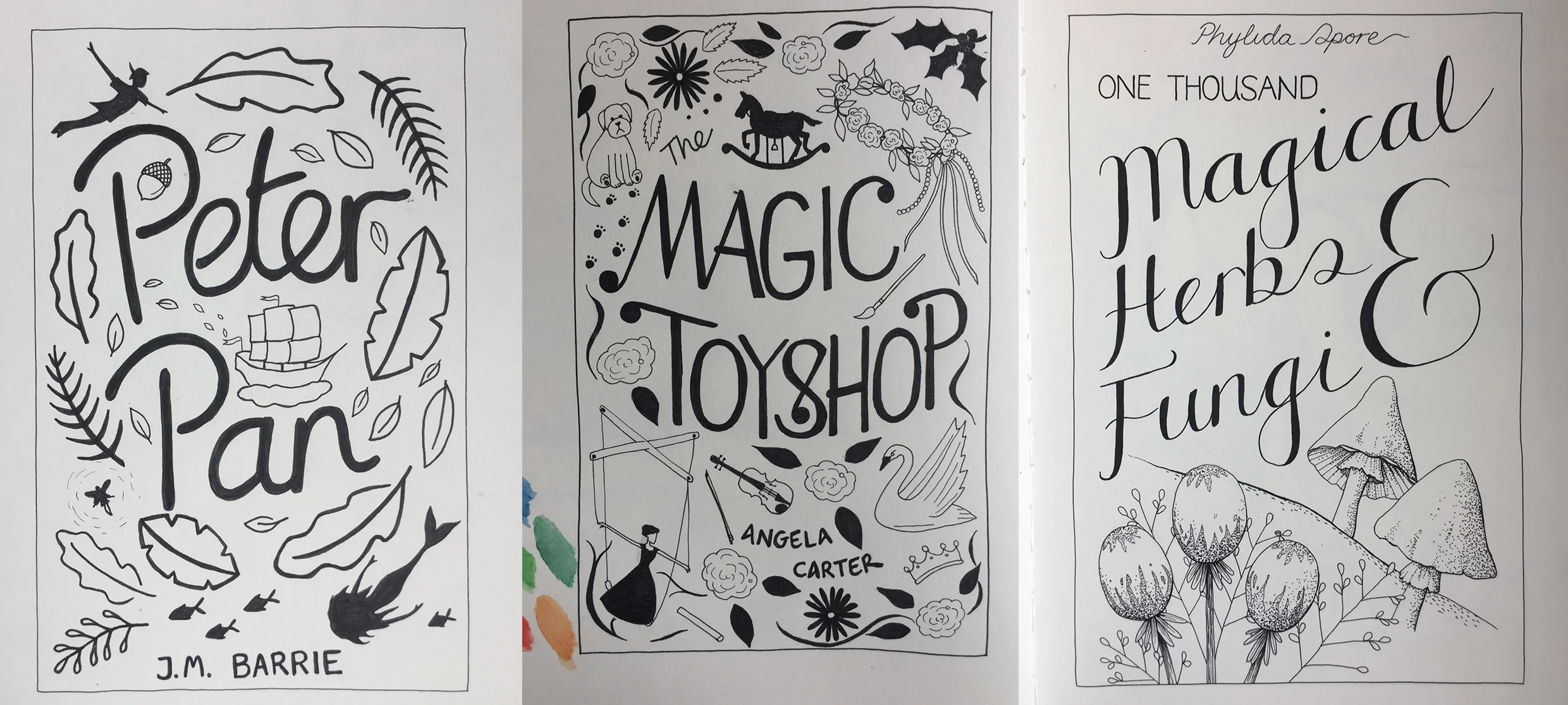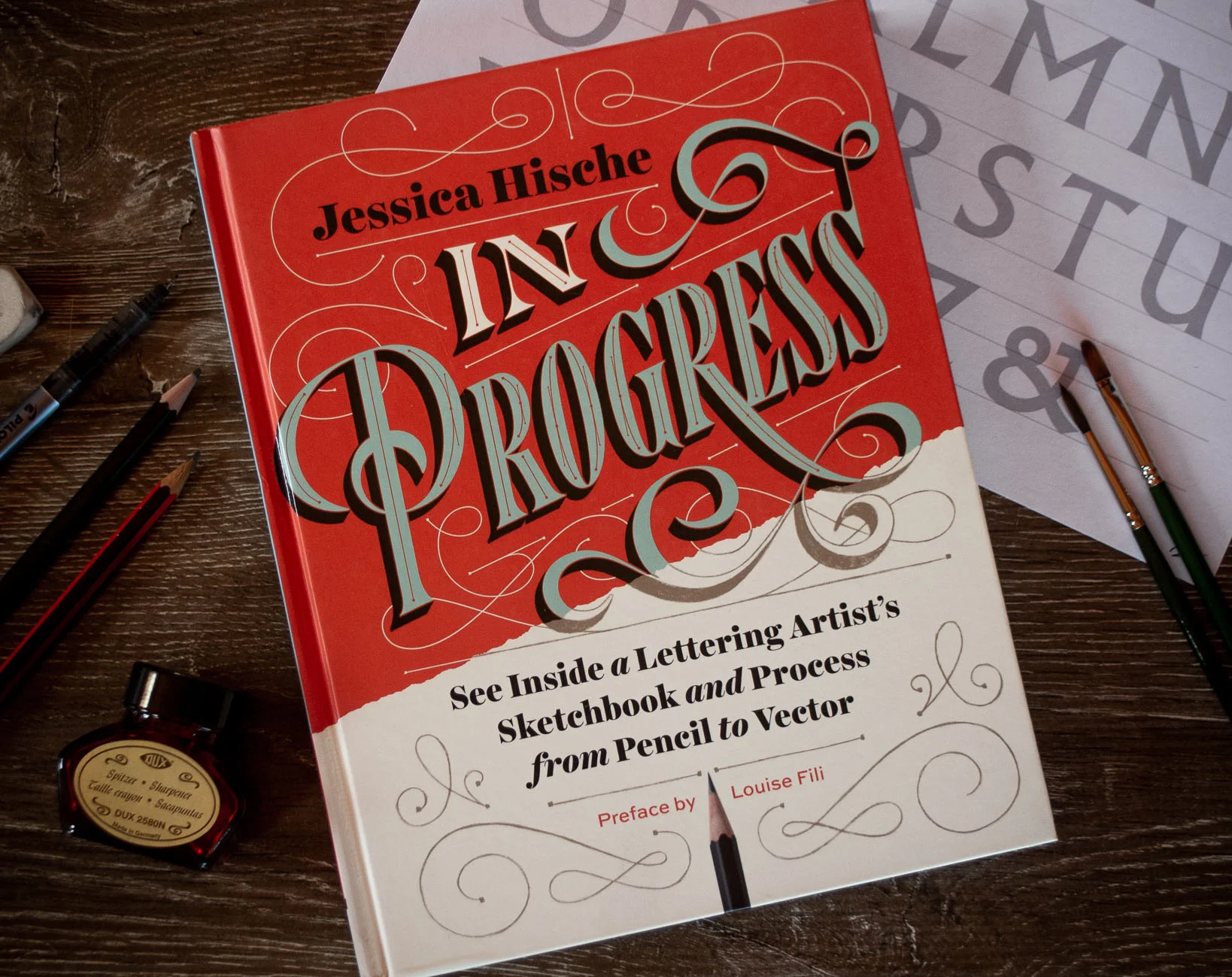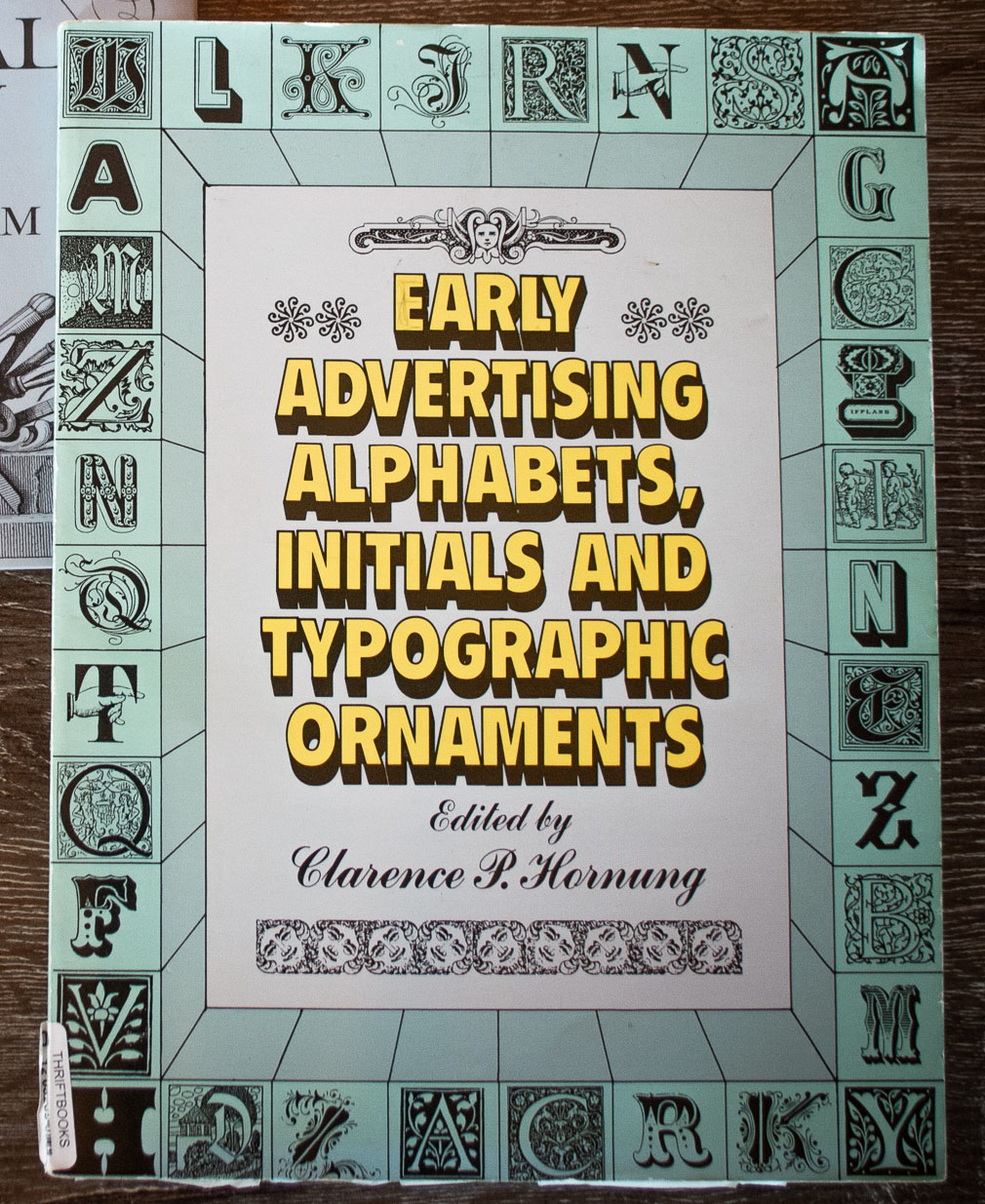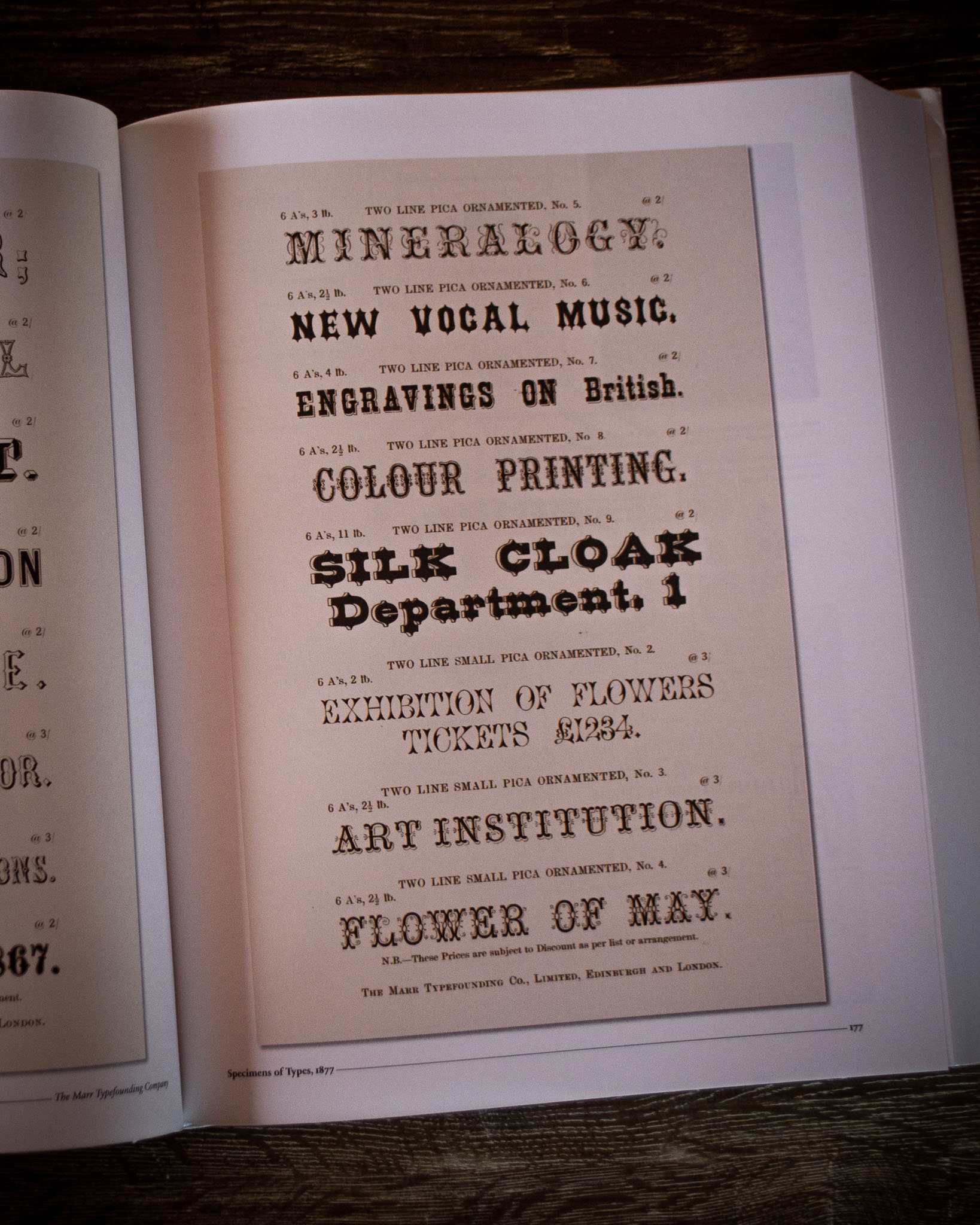Getting Your Book Into Bookshops (for Self-Published Authors)
Awesome Books About Book Design
Best Books of the Year (So Far)
New Product Unboxing and Drawing on Books
5 LGBT Books You Probably Haven't Read
Making Digital Art Look Traditional
For a long time I’ve struggled with making my digital art look less, well, digital. This week I finally discovered a way to make it look more traditional. This is a journey, folks!
Australian Book Design Awards 2019
In May I went to Sydney to the Australian Book Design Awards 2019.
Resources for Hand Lettering: How I Got Started
Hand lettering has become more than just a trend at this stage. While different types of lettering will go in and out of style, the form is so versatile and so ingrained in our history that it seems an inevitable part of visual communication, like illustration or graphic design.
I've been lettering for the past few years and it has been an invaluable skill, especially when combined with illustration. When I first started out I was not great (see photographic evidence below) but with the help of a few resources, I started seeing improvements. Several years later, lettering is an integral part of what I do.
Some early lettering attempts
One of the first resources I used was Jessica Hische's Skillshare course on creating drop caps which helped with the fundamentals of drawing letters. She’s got a bunch of other ones on there now, including one on book cover design. She’s also got a book where she breaks down her process in a way that is easy to follow and apply to your own work.
Work in Progress by Jessica Hische
A few years later I took Jon Contino's online course in which he advocates studying typefaces in minute detail to learn different styles. From there you start to build your own letterforms.
Buying an iPad Pro revolutionised my process, allowing me to quickly draw and redraw my lettering. In this you can also use things like Ian Barnard and Stefan Kunz's grid builder tool, along with countless brushes and effects. I love how easy the iPad makes it to edit your work too, rather than having to do so much tracing on paper.
A recent lettering and illustration piece for @thebookishbox
Book resources
Here are some lettering and typography books from my shelves. All of them are fantastic for reference and inspiration, whatever your skill level.
Scripts: Elegant Lettering from Design’s Golden Age
by Steven Heller and Louise Fili
Heller and Fili’s books are an absolute goldmine when it comes to typography and ornament. This book is full of marvellous script lettering from advertisements, packaging, handwritten letters and more.
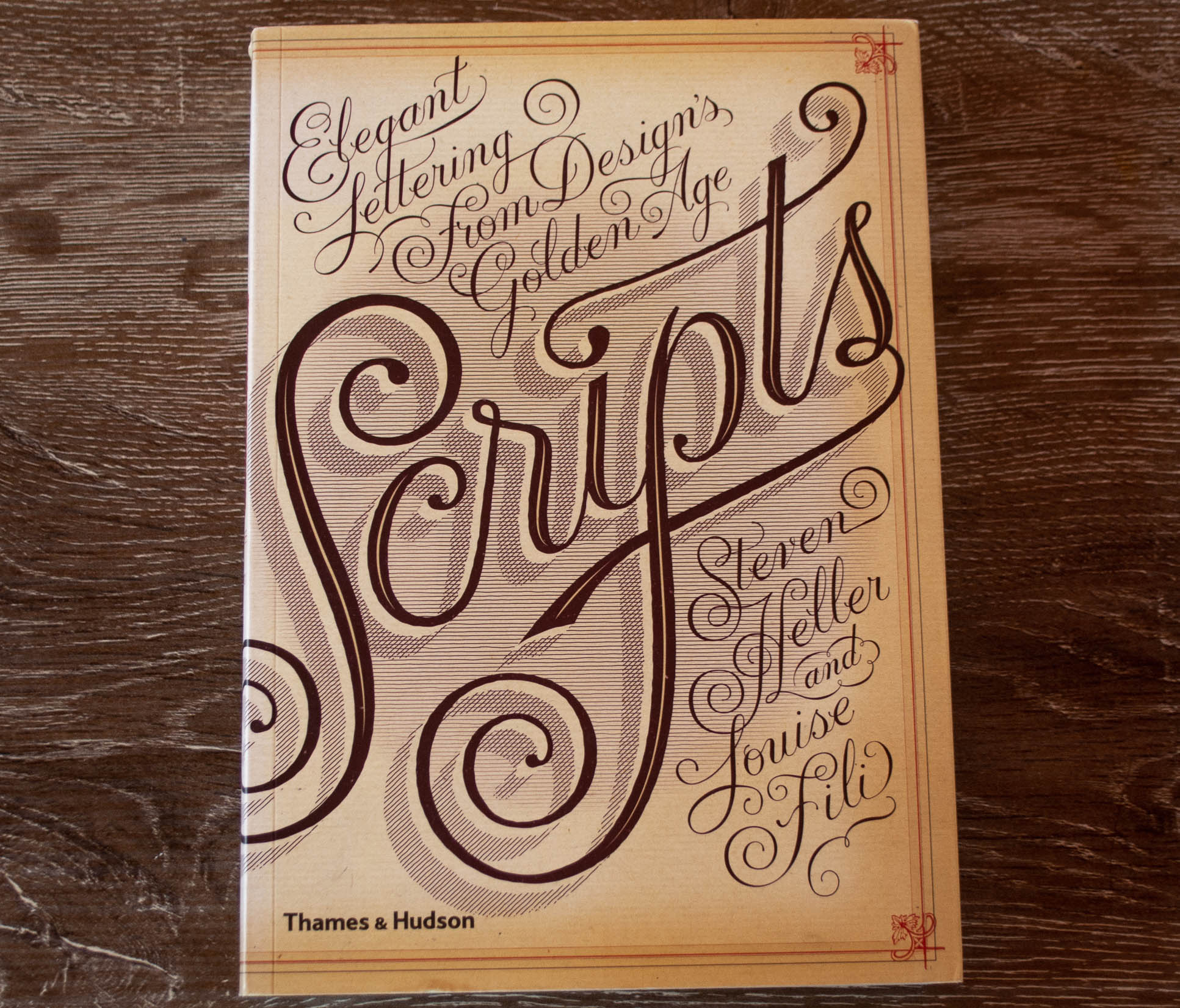
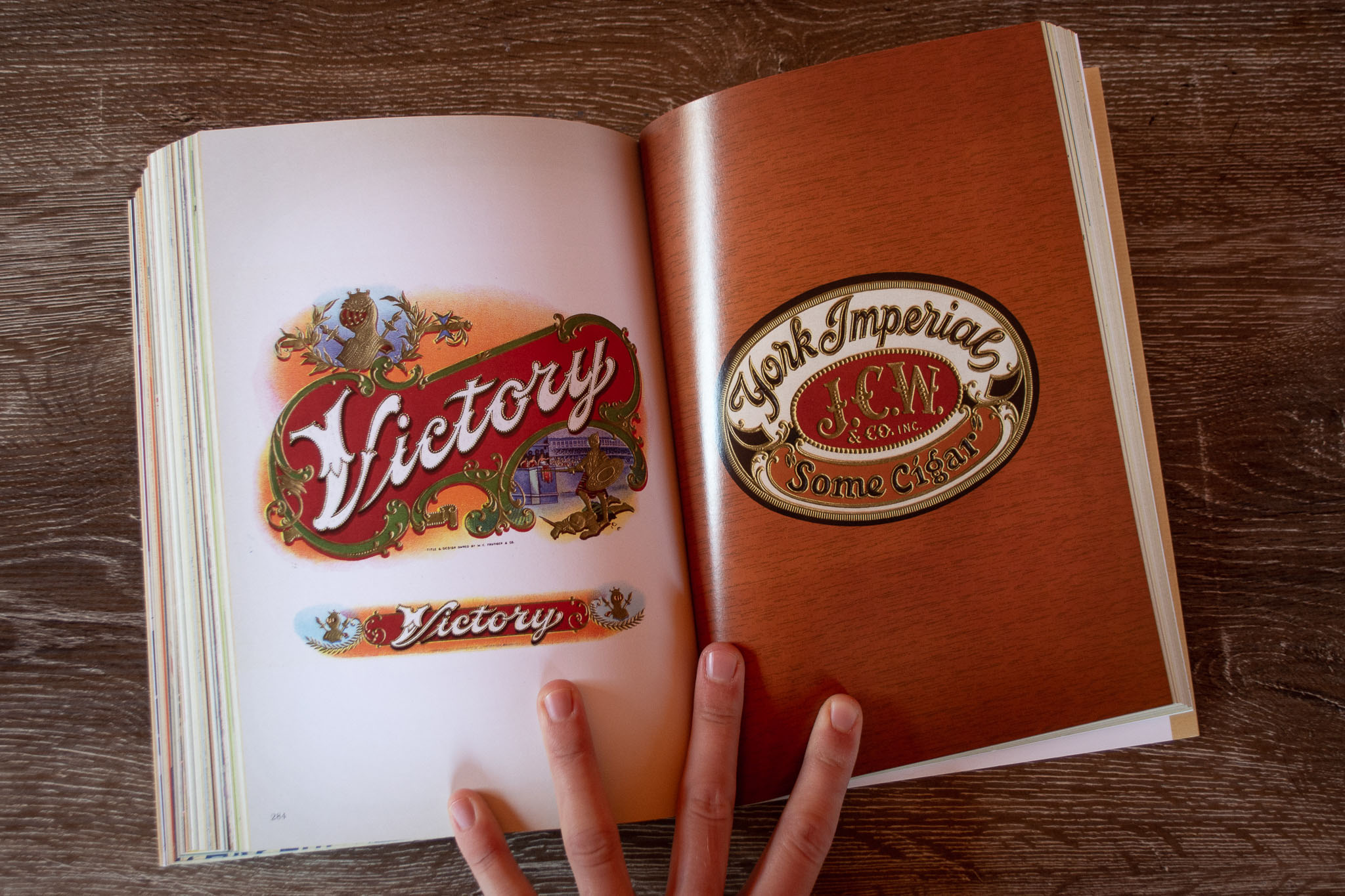
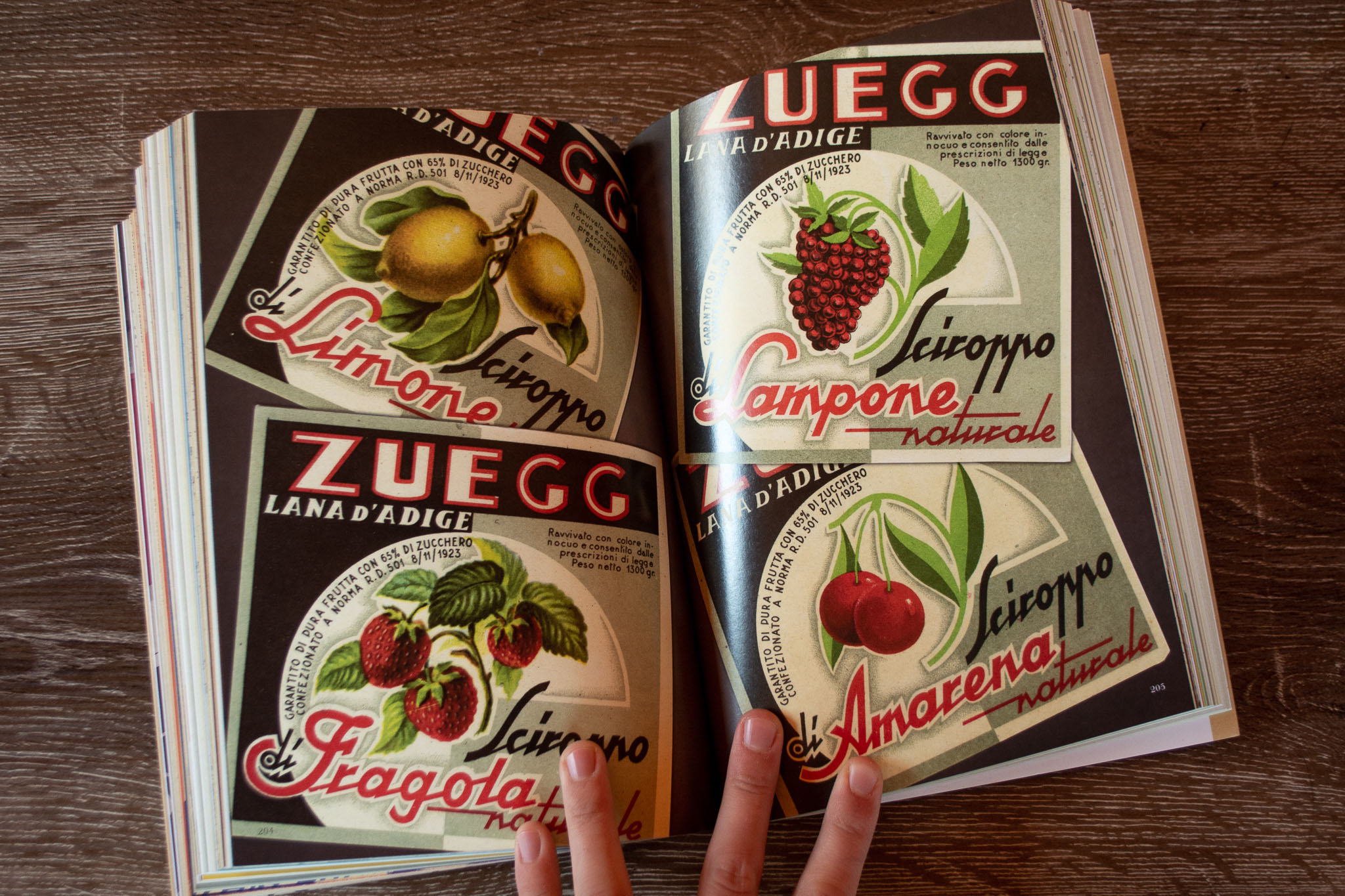
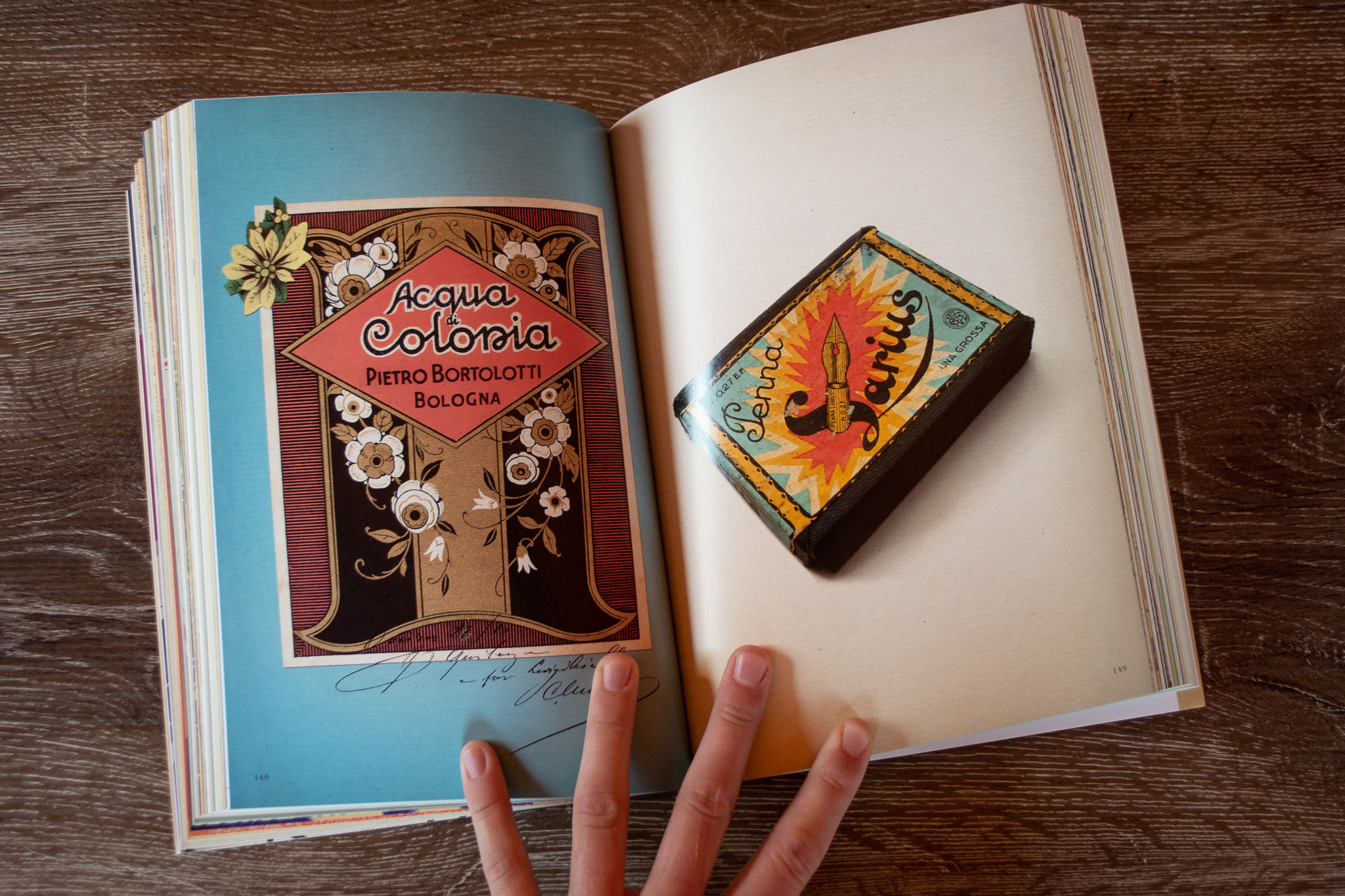
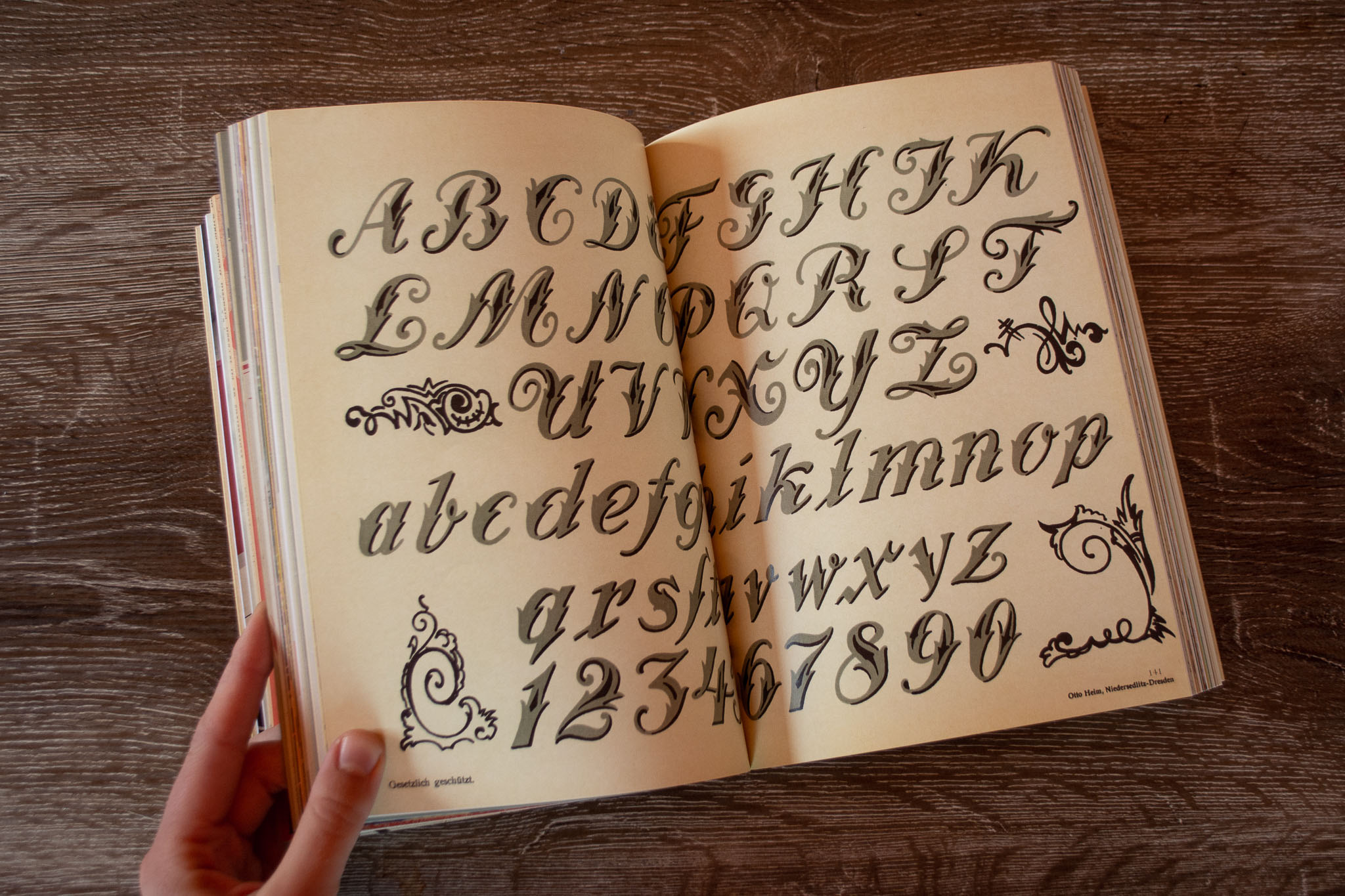
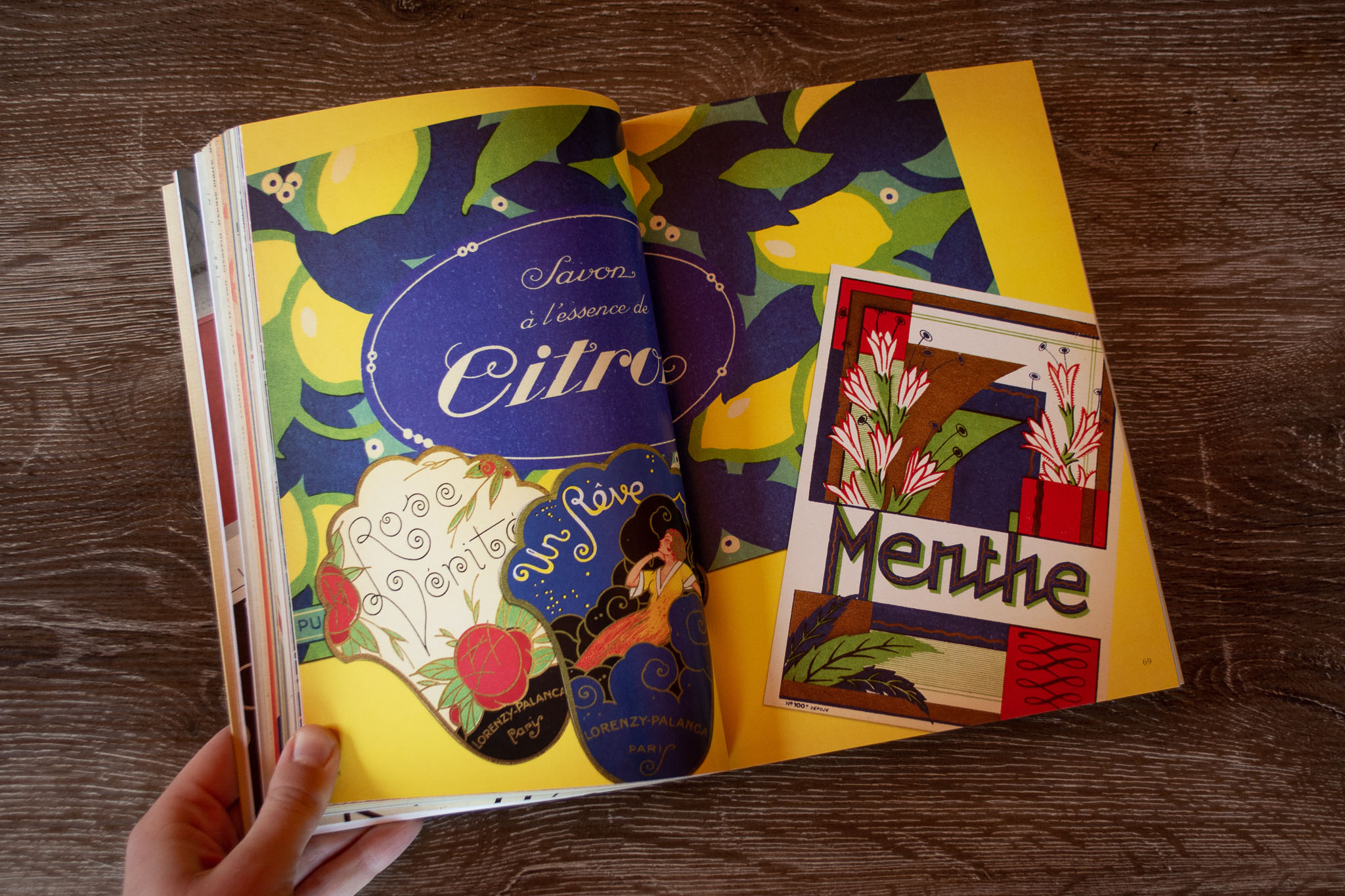
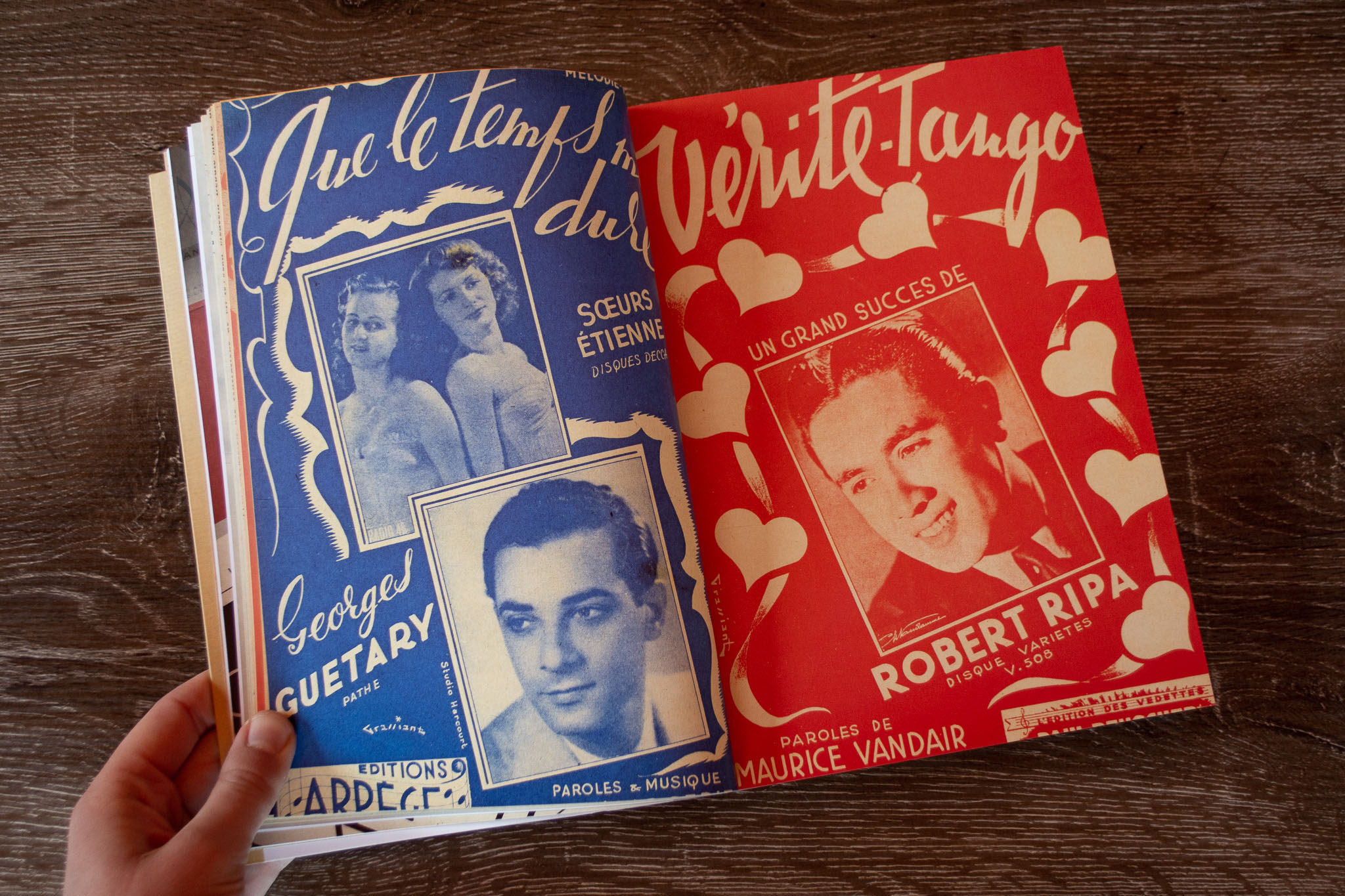
Elegantissima: The Design and Typography of Louise Fili
by Louise Fili
Fili demonstrates how she turns these influences into modern day client work. This book is a masterclass in design and type.
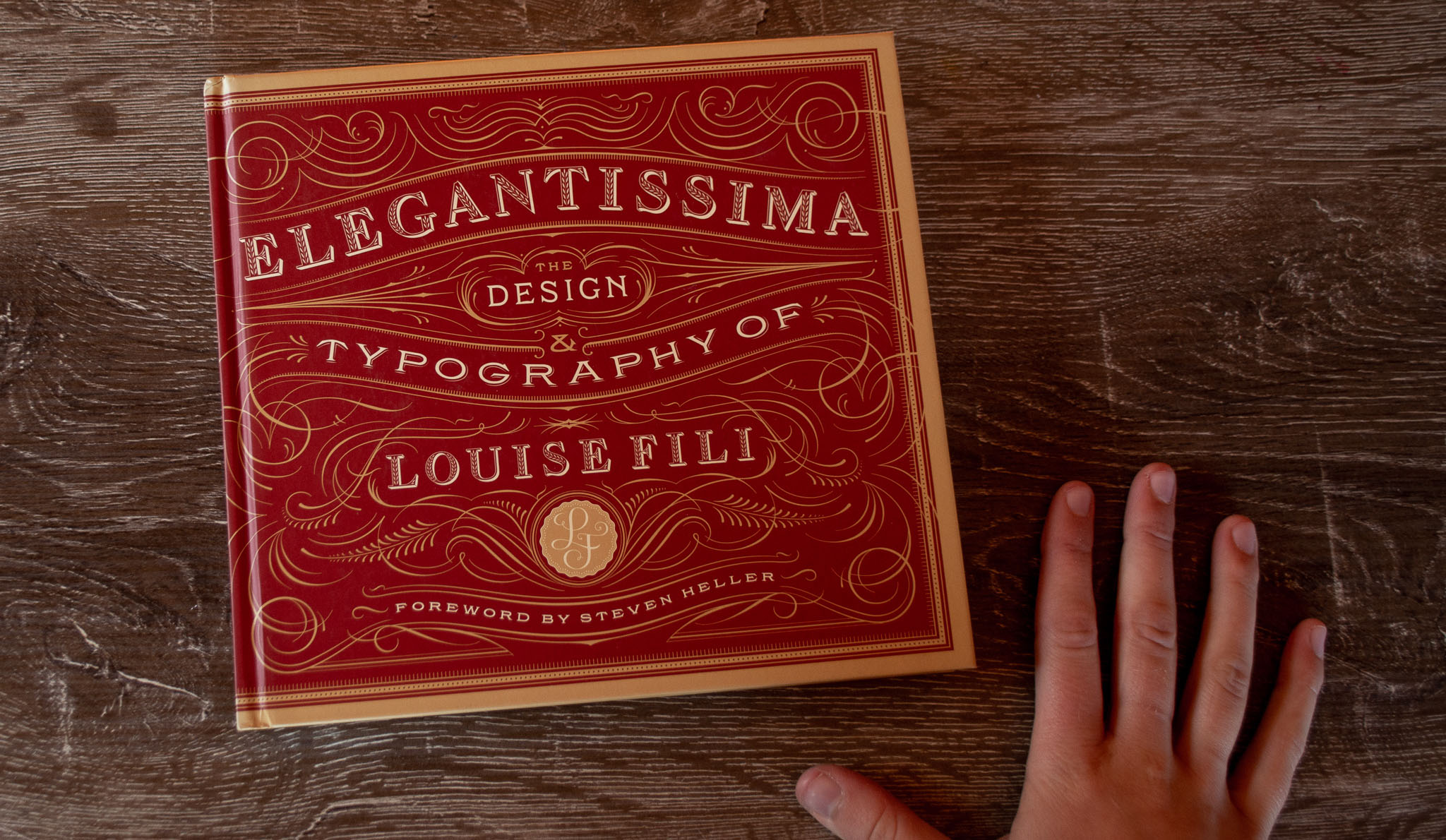
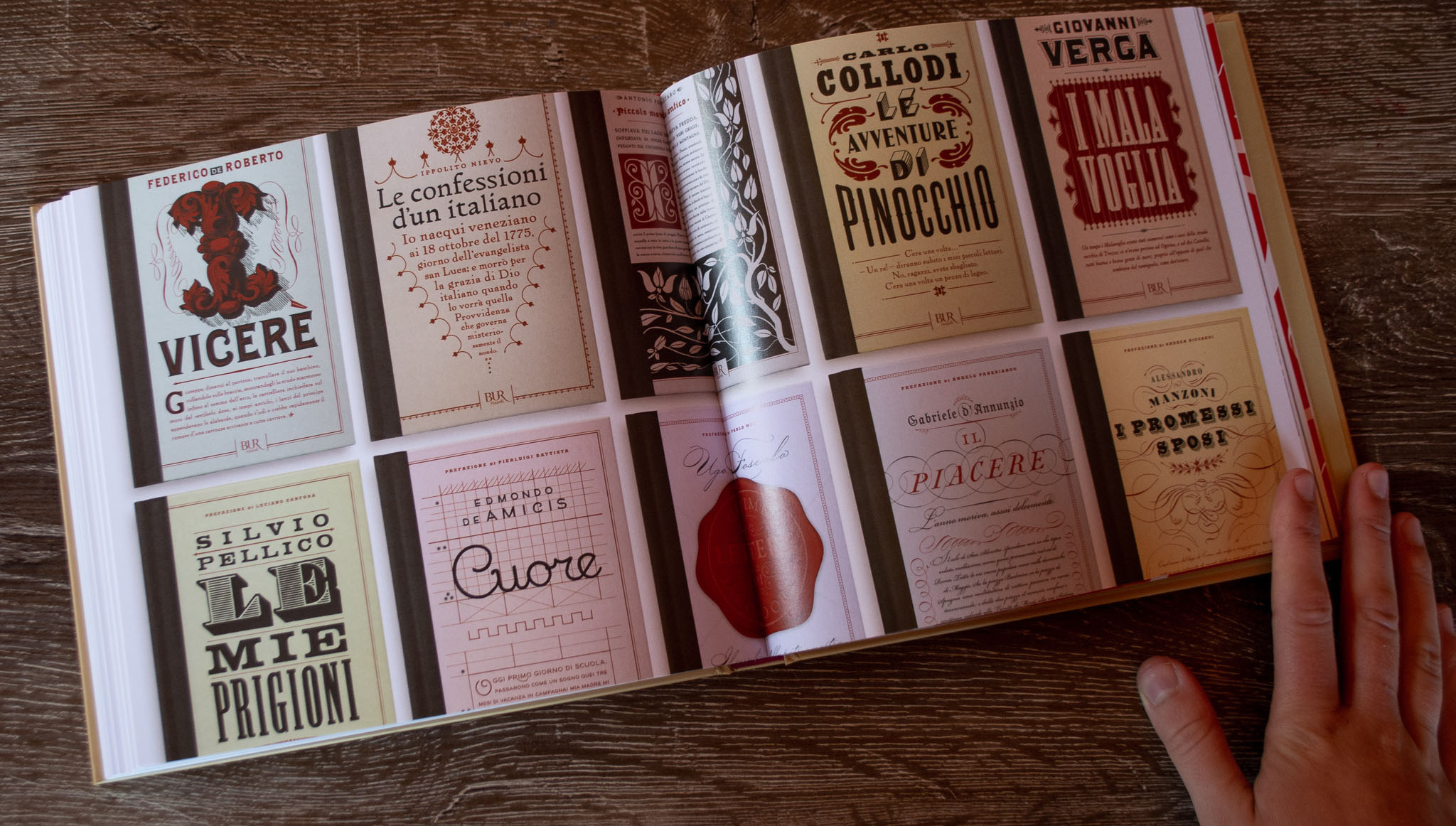

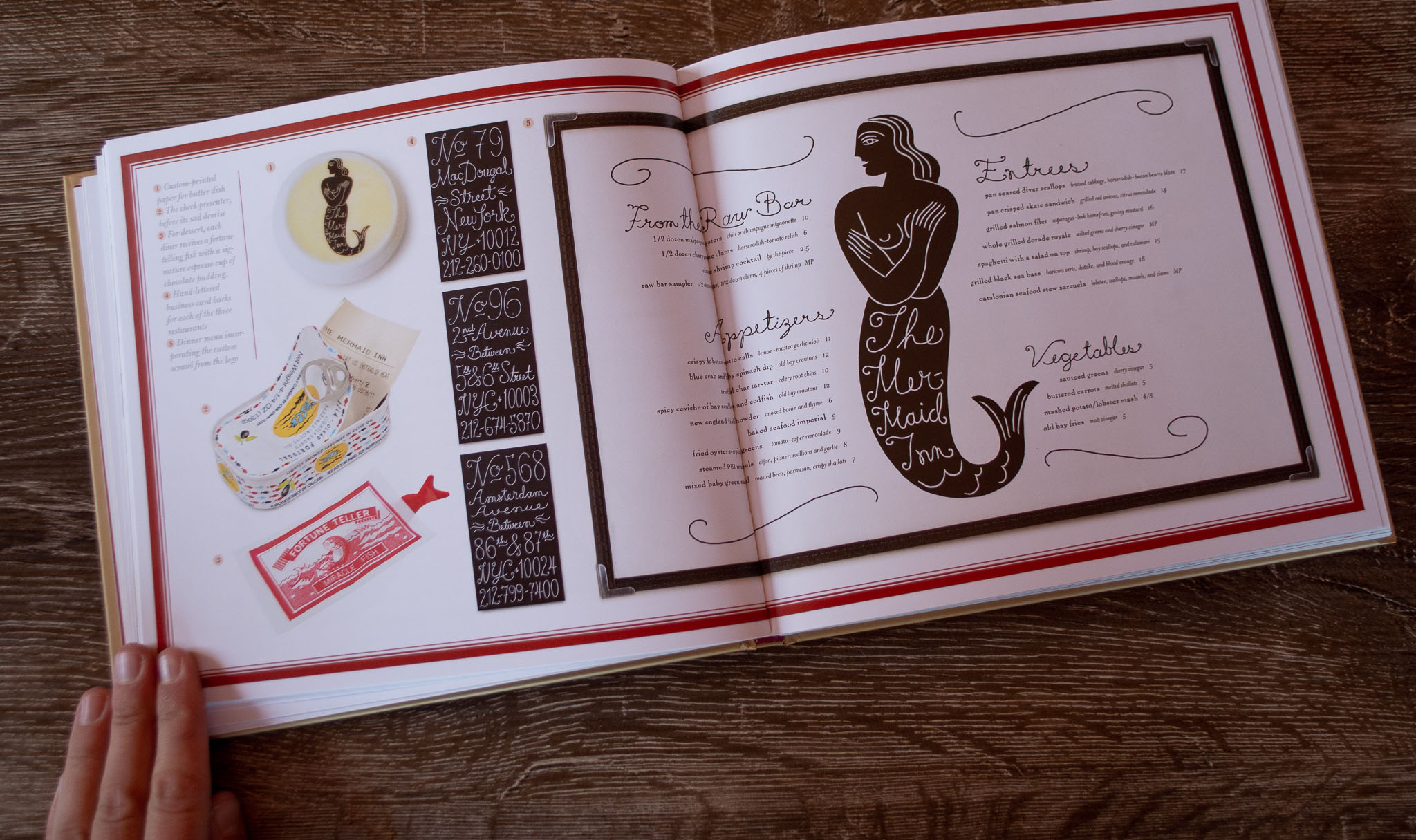
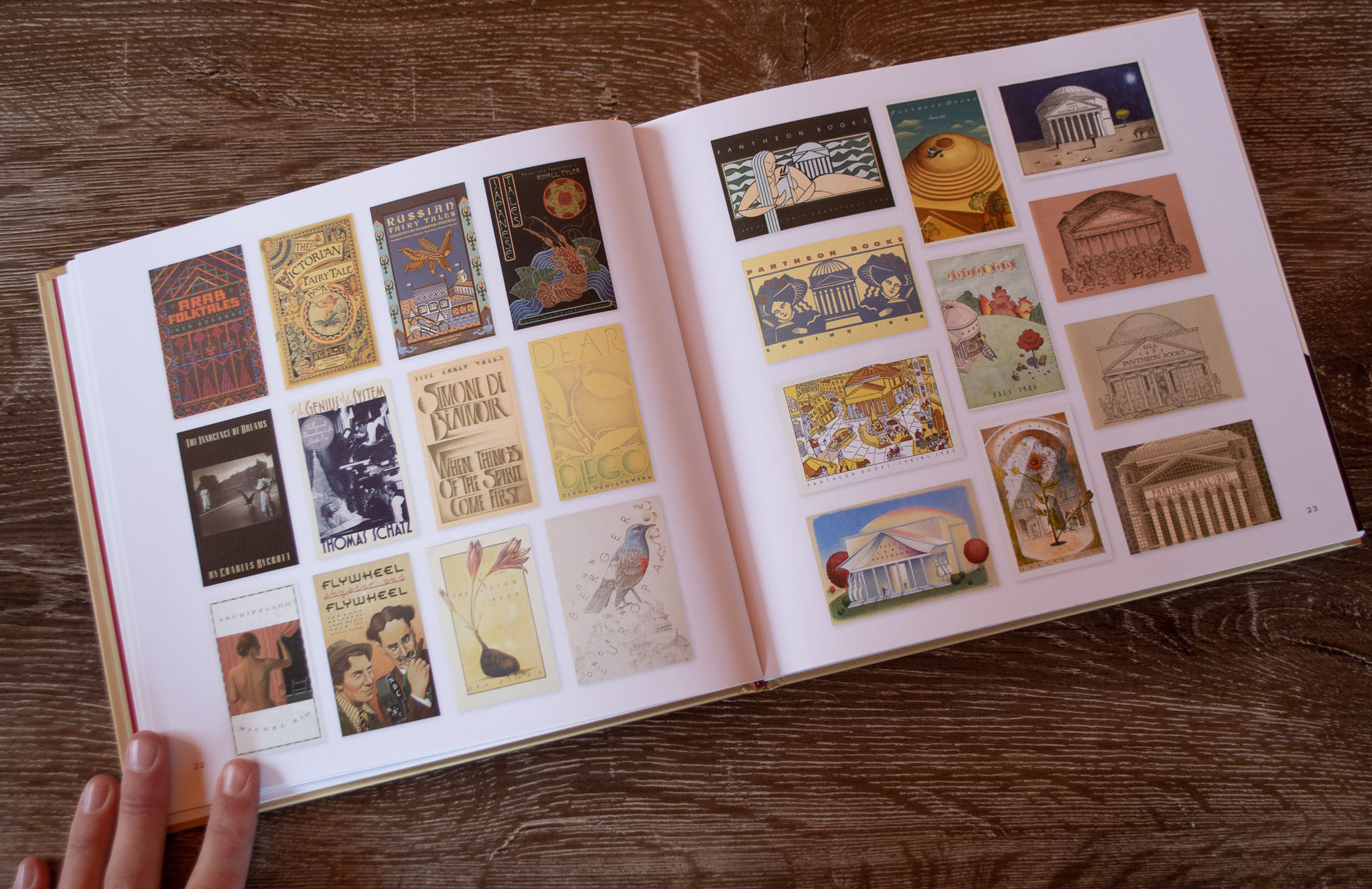
Early Advertising Alphabest, Initials and Typographic Ornaments
Ed. Clarence P Hornung
This is one of the many Dover books of royalty-free images. I like this one because it takes you through many different styles and includes the vintage typographic ornaments.
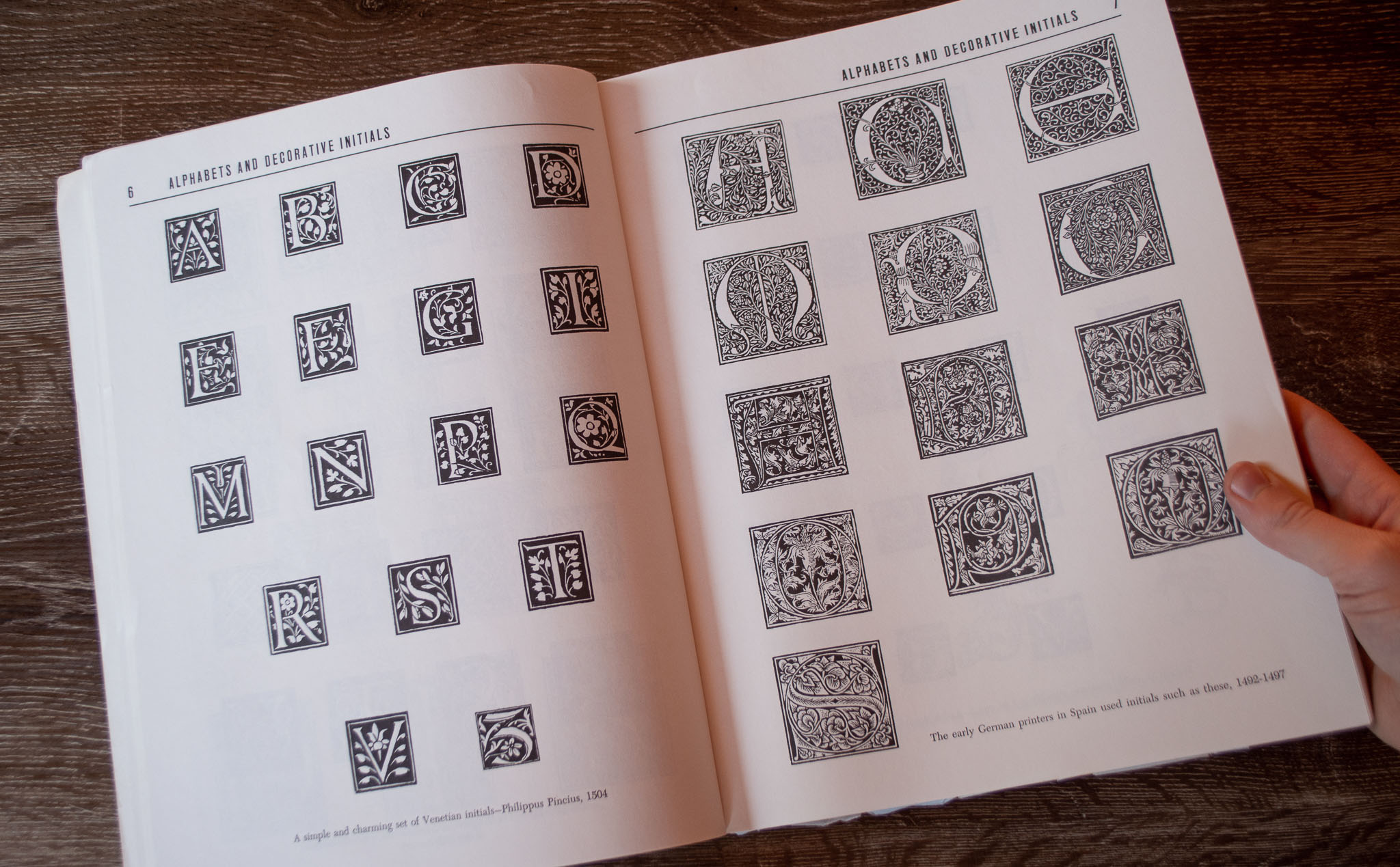
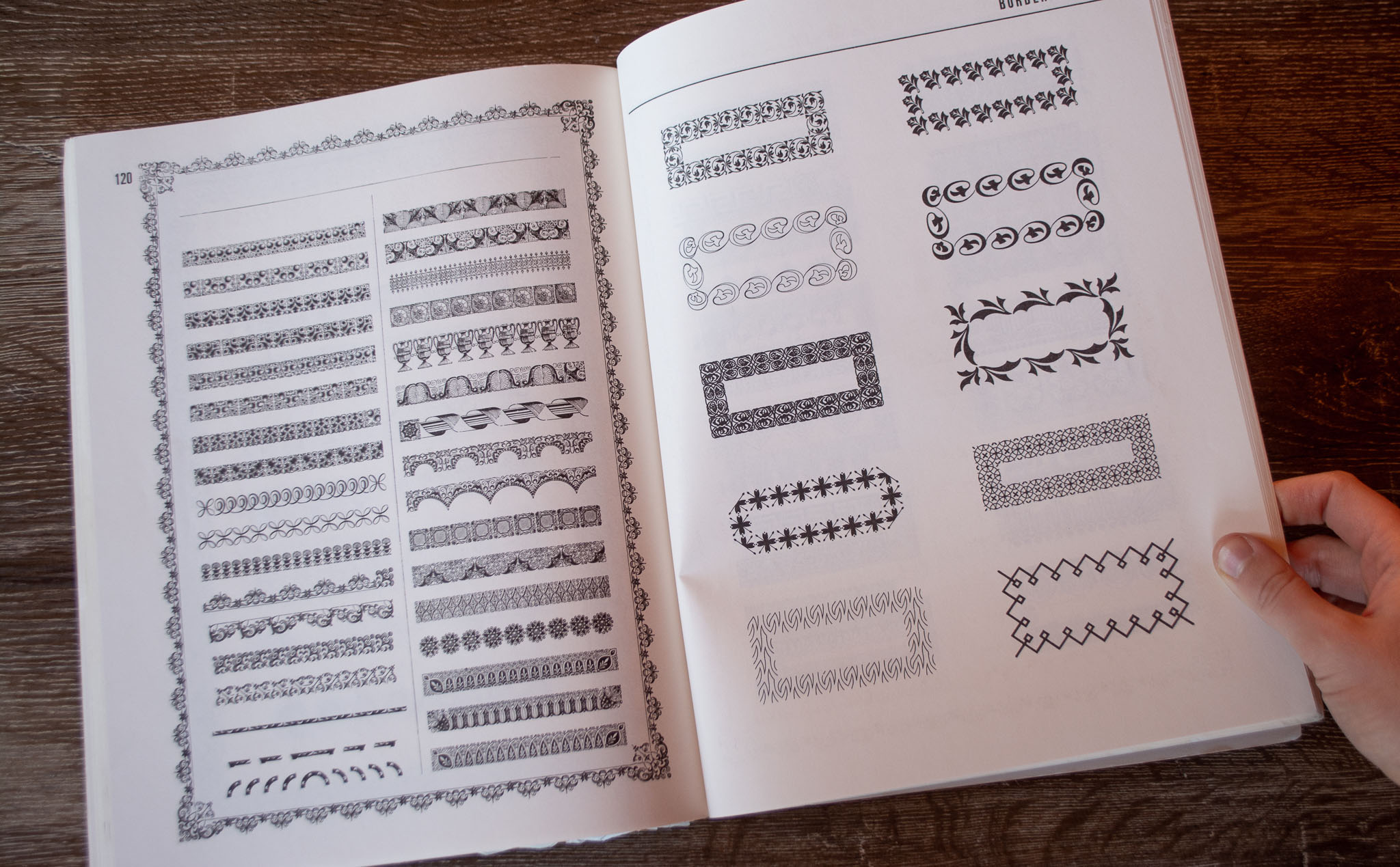
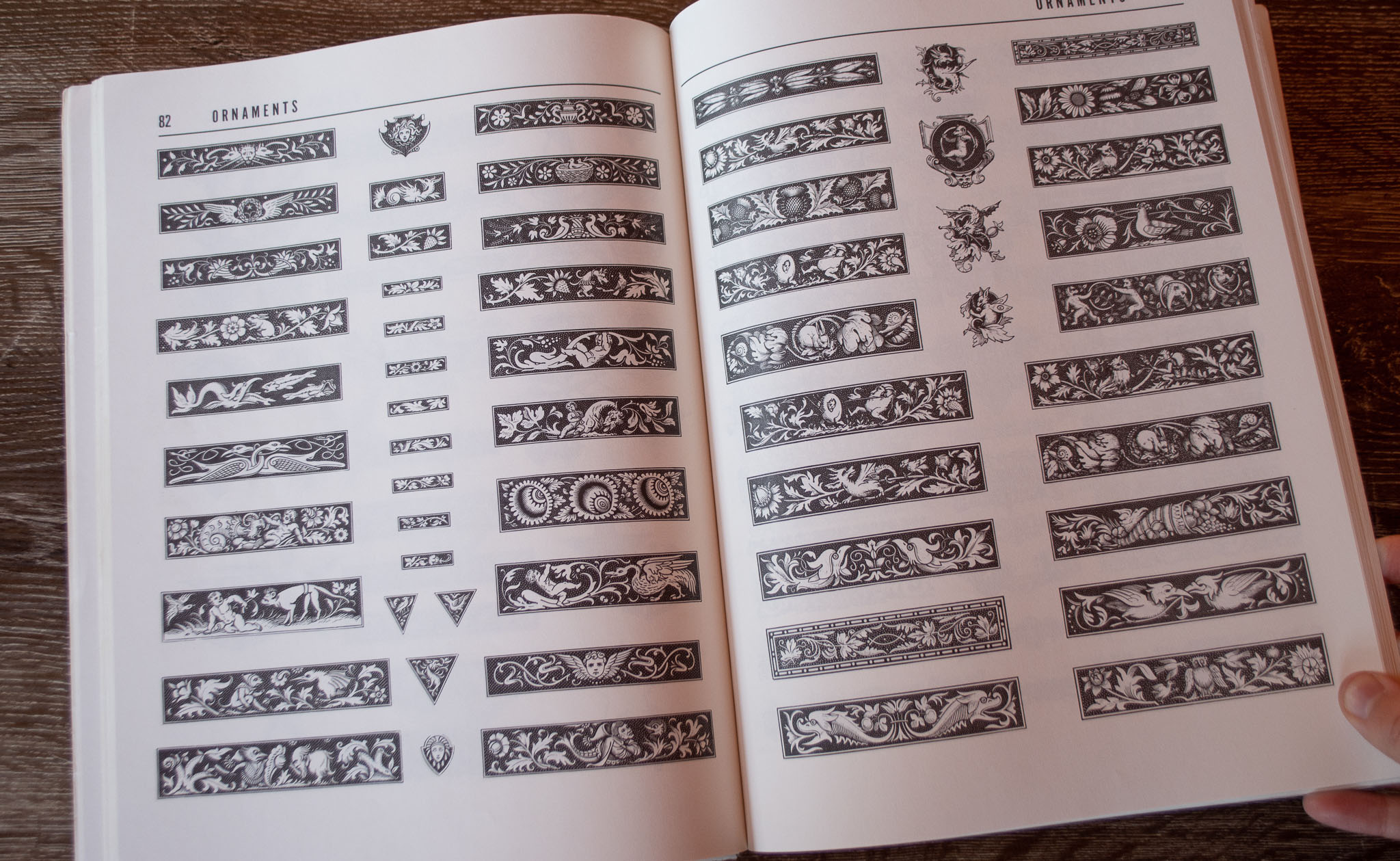
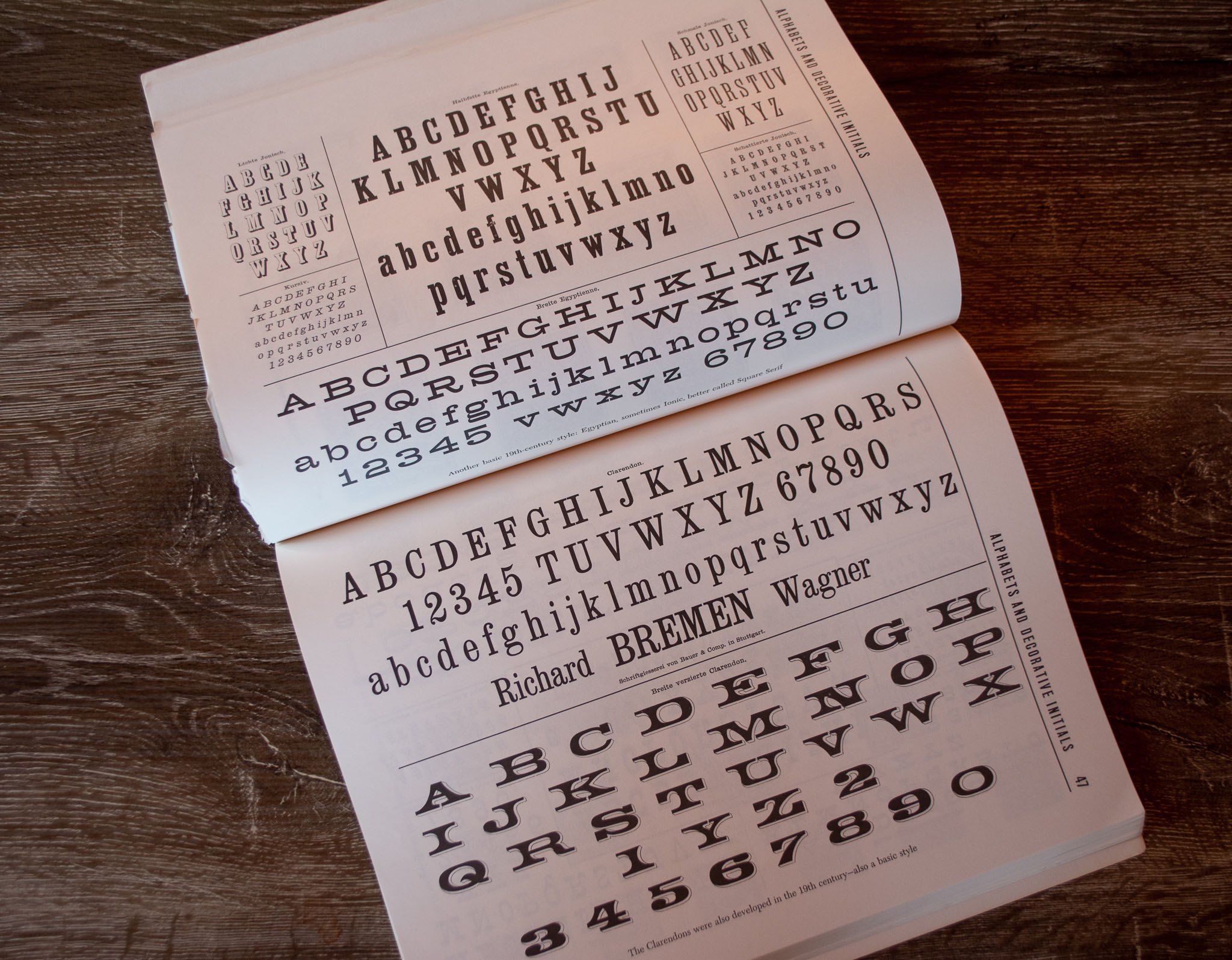

Type: A Visual History of Typefaces and Graphic Styles 1628–1938
Ed. Cees W. de Jong, Alston W. Purvis and Jan Tholenaar
One of the biggest books on my shelf, this one is packed full of historical typographical examples. A great overview of lettering history and useful if you need to look up a particular period.
Graphique de la Rue: The Signs of Paris
by Louise Fili
Paris is full of extraordinary typography and in this book Louise Fili curates a bunch of it. A real range of mediums, from metalwork to mosaic. There’s a lot of Art Nouveau in here too, which makes me very happy.
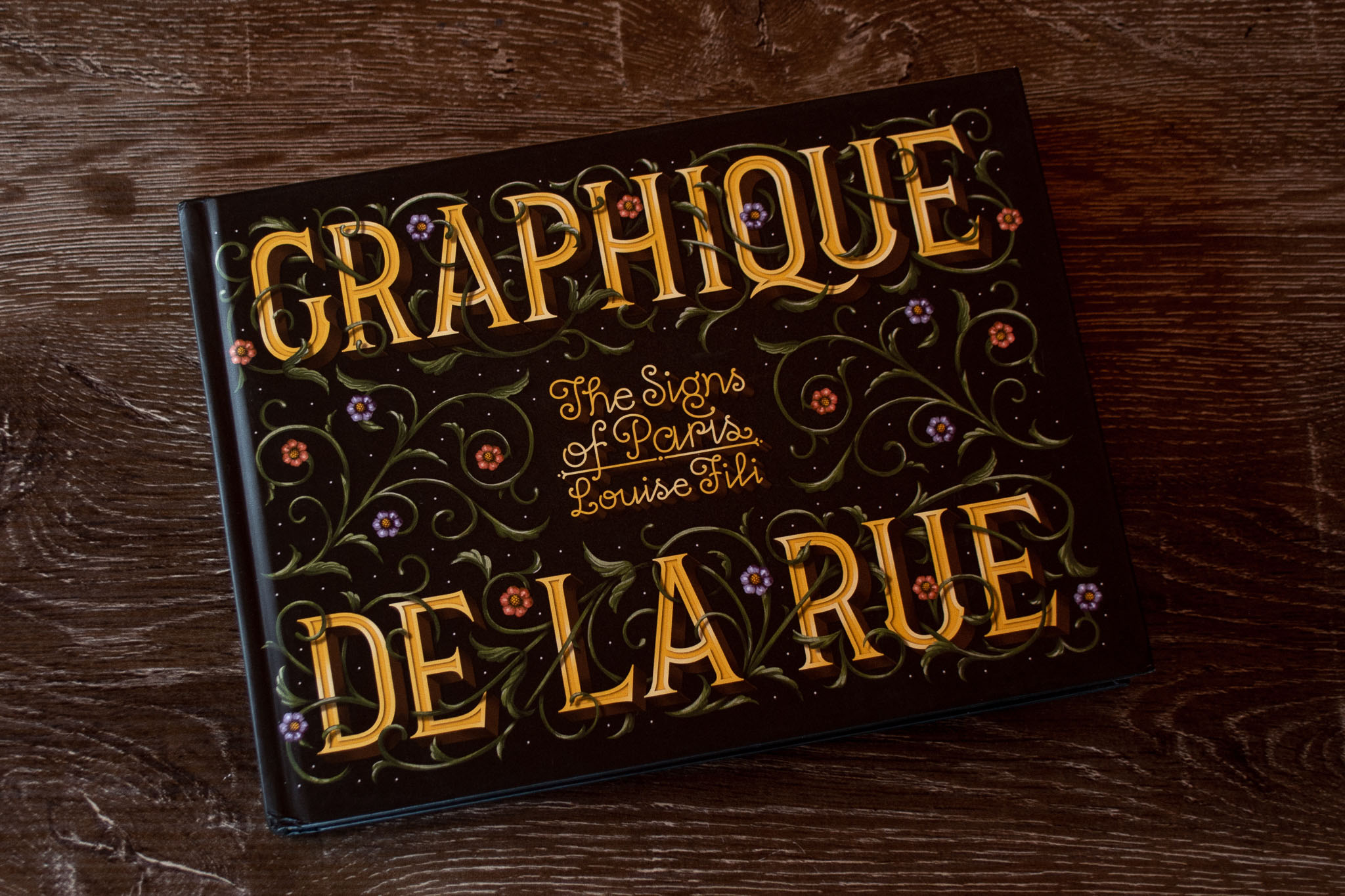

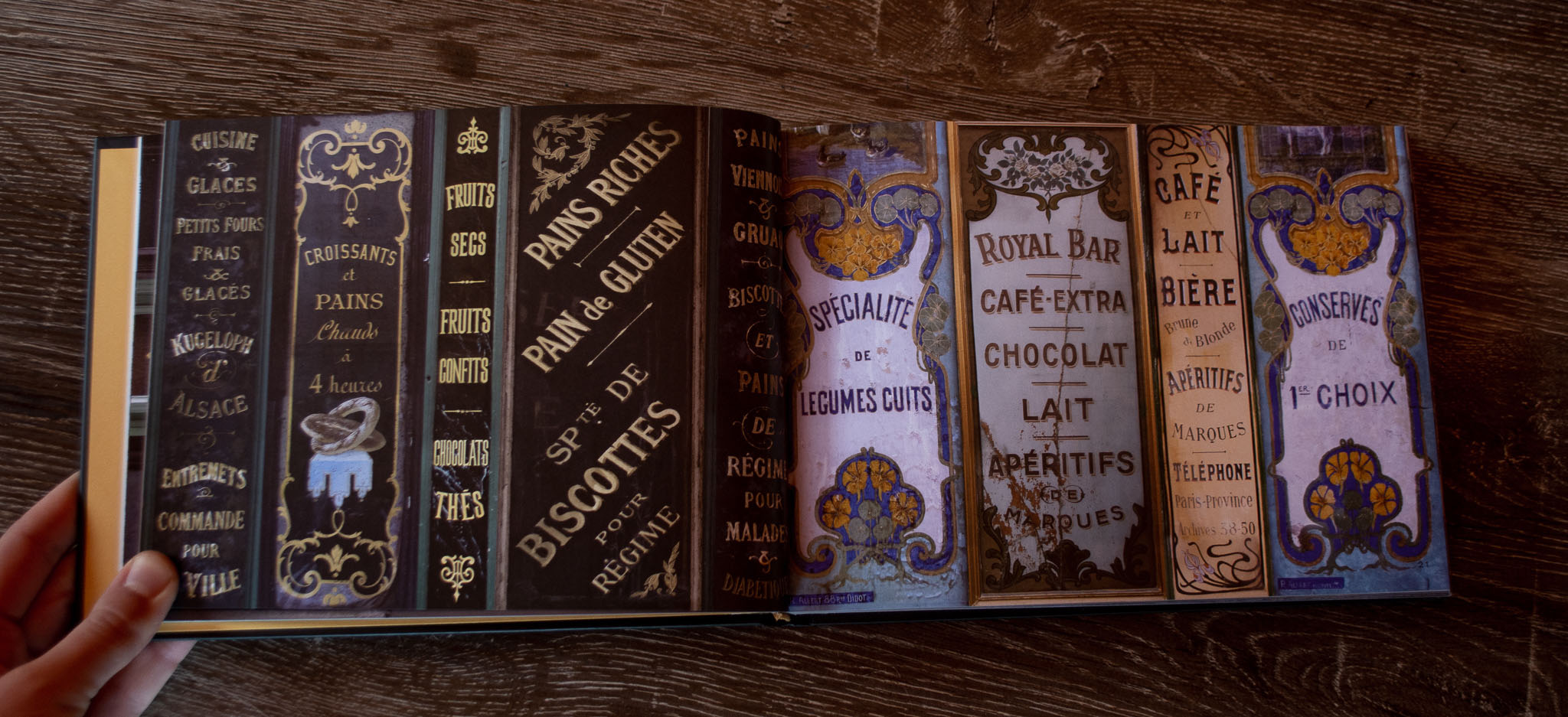
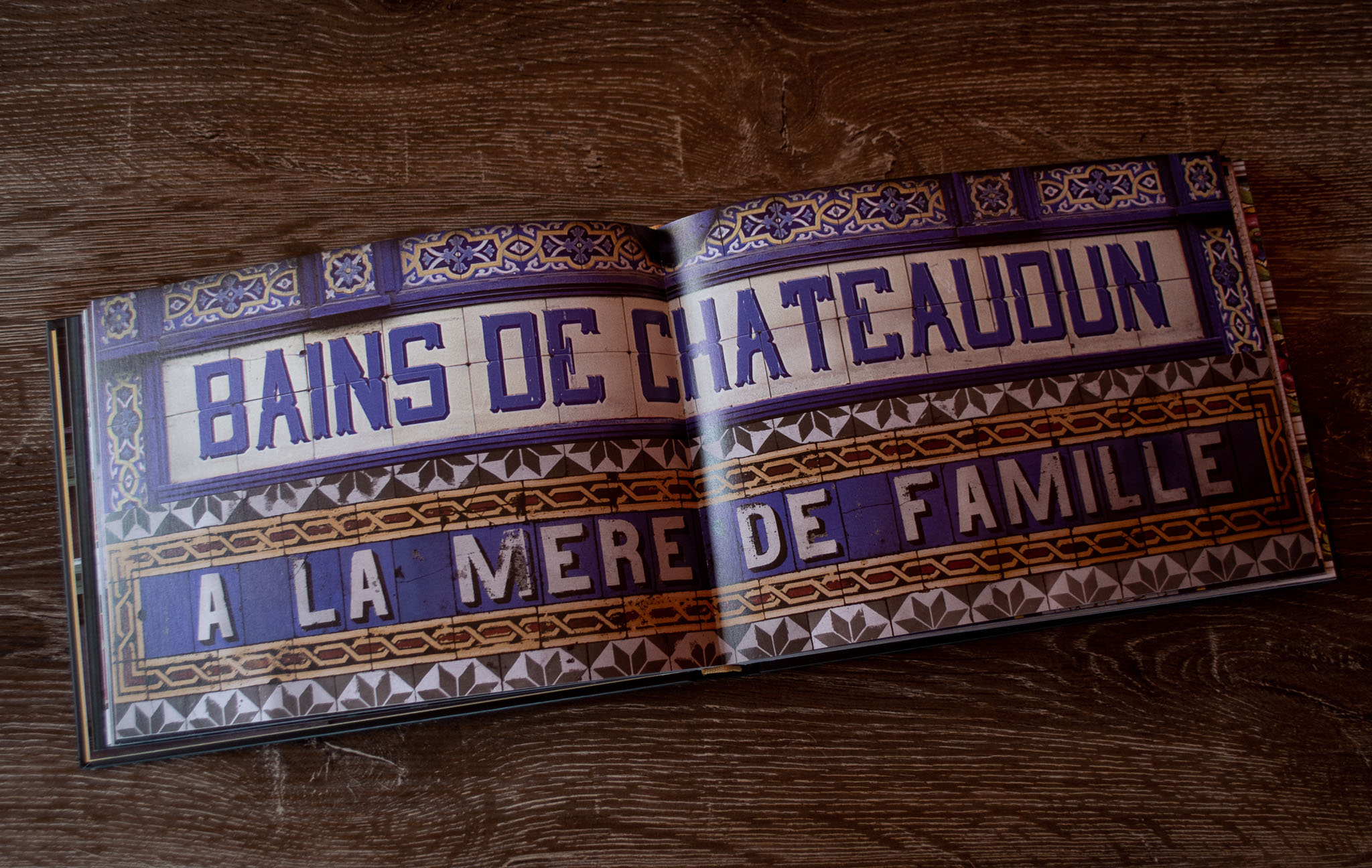

Trying the life of a digital nomad
How to Work With a Book Cover Designer
How do you work with a book cover designer? In this video I take you through the steps, from the planning through the design process.
Finding Solutions to my Online Shop Conundrum
Following on from last week’s vlog, here are some of the solutions I’ve come up with following New Zealand Post’s policy changes.
Is Comic Sans Ever Acceptable?
There were some beautiful books on my shelf that I hadn’t shared yet. One of them had Comic Sans on the cover…
How far my work has come. What a difference 10 years makes!
This was another weird week. I found out that New Zealand Post are changing their policies, so I’ll no longer be able to sell most of the products I currently have on my store. There was a bit of frustration there.
On the plus side, I did find some pieces of art that I did when I was 16. Watch on to see how far my work has come!
Ways to Make Money as a Freelancer
Bookstagram Photography
A little practical vlog looking at how I take my bookstagram photos.
How to Make a Book Cover Brief
Why have a book cover brief?
A book cover brief is a super useful tool to have when commissioning and working with a book cover designer. It ensures that you and your designer are on the same page and keeps all that important information in one place. They are standard practice in traditional publishing and if you are an indie author who is self-publishing, a cover design brief will make you look like the professional you are!
This video covers the things you’ll want keep in mind when creating a book cover brief.
No internet, old artwork and getting back into reading
This week was full of frustration. My internet didn’t work for the first part of the week and I’ve had more issues with my hands and shoulders. On the plus side, I had the time to show you some of my old artwork and drawings I did at my art class.
How to find a book cover designer
This is the first in a new series for indie authors, covering many of the most challenging aspects of self-publishing.
A good book cover is key to your book’s success, so this video takes you through everything you need to know about finding and approaching a book cover designer.
Creating that sweet, sweet work/life balance as a freelancer
This whole work/life balance thing can be hard sometimes, so in this video I decided to create some rules around how I’m using social media. I’ve been having all kinds of issues with my neck, shoulders and upper back, which has been causing tingling and pain in my hands – not ideal for someone who works with their hands all day.
While hard work is SUPER important when you’re setting up a business, it’s also imperative to set up sustainable habits so that you don’t burn out or end up having to quit.
Here are my social media rules, at least for now:
No post on Sundays. Do you like my Harry Potter reference? This basically means no social media all day on Sunday.
No screen in the bedroom. Again, this applies mostly to social media. Scrolling though Instagram before bed isn’t conducive to a good night’s sleep, so I want to cut that out.
No screen 1 hour before or after sleep. As with number 2, this is to improve my sleep quality and give my hands a break from using my phone.
Check Instagram twice a day at set times. I suspect this one will be the hardest habit to kick, but it’s so important for avoiding mindless scrolling.
------------------------------------------------------------------------
LINKS
------------------------------------------------------------------------
30 days of yoga: https://www.youtube.com/playlist?list...
Dragon pins: https://www.hollydunndesign.com/shop/...
Daniel Pink: https://www.danpink.com/


